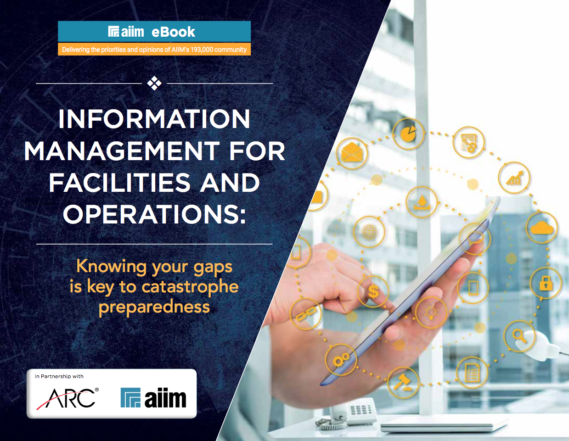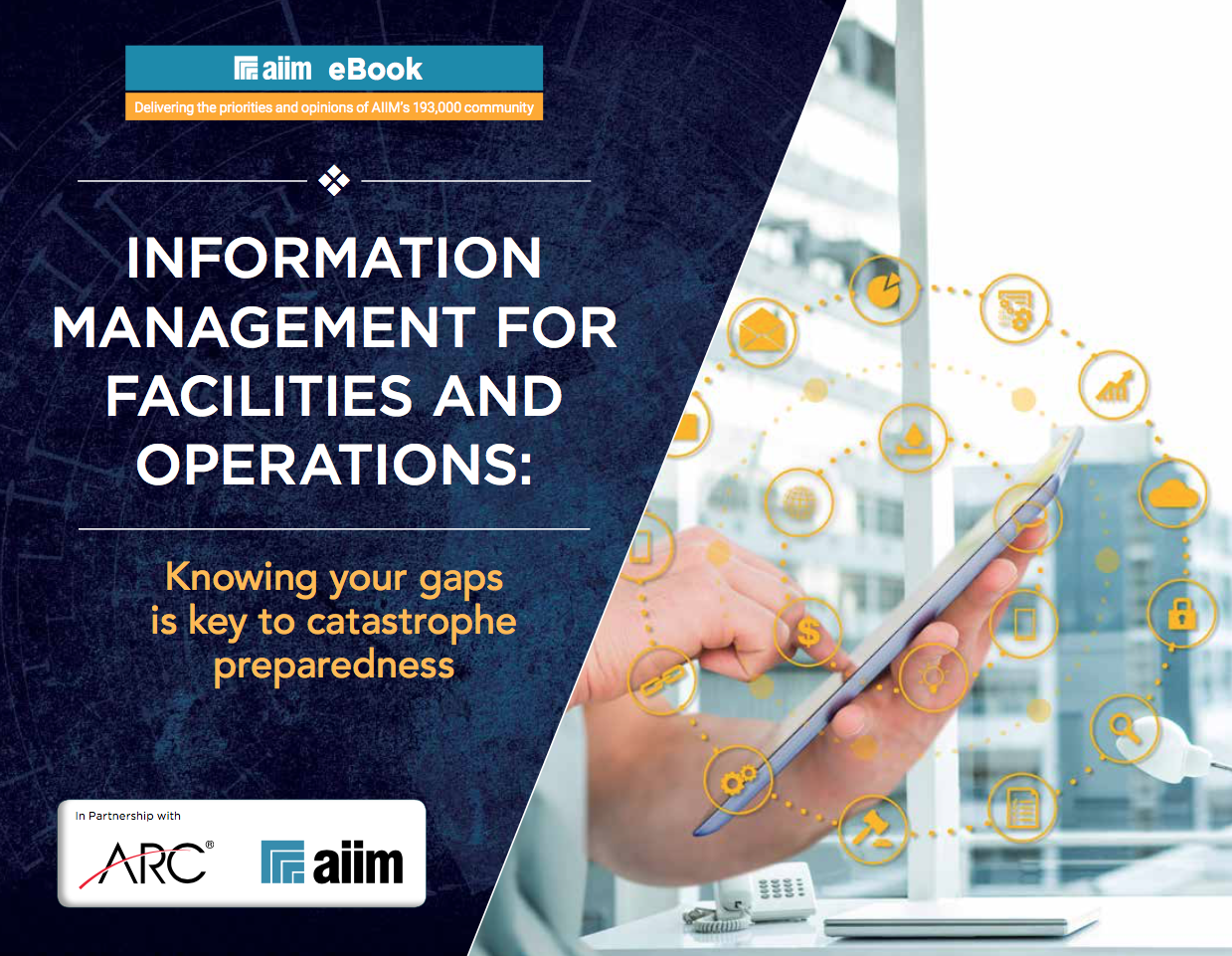While natural disasters cannot be prevented, they can be and must be prepared for. Understanding the risk of not being prepared is the first step in emergency preparedness, and directly applies to facilities management. However, in this new age of information, it is not the physical reinforcements and preparations taken on premises that matter most to the disaster readiness of a facility. Rather, what matters most are the contingency plans in place for the storage and protection of records, documents, and information that are foundational to facility operations. Today, information is the raw material of any facility, and that facility’s information must be properly protected, insured, and controlled in times of crisis.
Equipment manuals, blueprints, building plans, permits, and improvements: these are all part of a wide range of vital documents that facilities management professionals are responsible to manage, control, and derive value from for facilities projects and maintenance. For every facility document, there’s a real-world equivalent affected by its contents—perhaps machinery, a boiler, or an entire building. All it takes is one document, a single missed keystroke, an erroneous typo, or misplaced plan, and the repercussions can prove ruinous for facilities managers, contractors, citizens, and first responders alike.
As you’ll see below, (Figure 1) given the high percentage of documents that are still stored in their original paper form, or on computer drives or facilities management software, the risk of documents being challenging to retrieve or being damaged in a catastrophe is relatively high.

Under perfect conditions, a flawed information infrastructure leads to problems. When stressed by a disaster, the fallout could be severe.
Learn more about the pain points experienced by facilities managers — from converting their paper documents to digital, the specific types of catastrophes they face and their associated costs, the challenges of an aging workforce, and the steps they are taking to future-proof their operations — in the eBook below.
Released by AIIM Market Research and ARC Document Solutions, the eBook highlights trends in facilities management on preparedness and recovery, including cloud storage and accessibility of building information, the ability to respond to emergencies, and succession planning to preserve knowledge and information.


